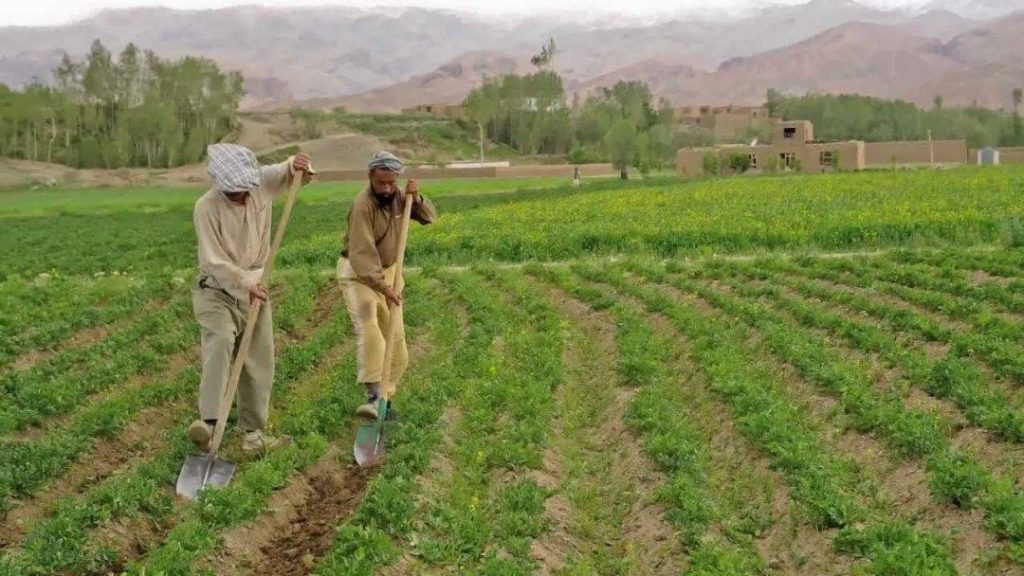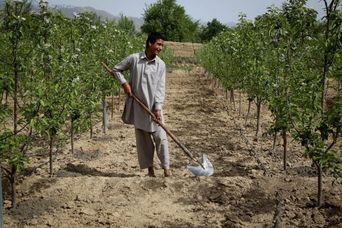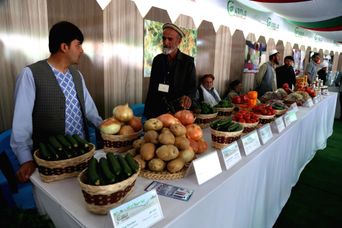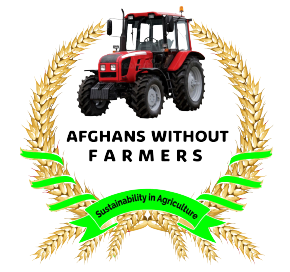What We Do
What is our mission?

We want to help and create a better world
Sustainable agriculture is farming in sustainable ways meeting society’s present food and textile needs, without compromising the ability for current or future generations to meet their needs. It can be based on an understanding of ecosystem services
There are many methods to increase the sustainability of agriculture. When developing agriculture within sustainable food systems, it is important to develop flexible business process and farming practices. Agriculture has an enormous environmental footprint, playing a significant role in causing climate change, water scarcity, water pollution, land degradation, deforestation and other processes; it is simultaneously causing environmental changes and being impacted by these changes. Sustainable agriculture consists of environment friendly methods of farming that allow the production of crops or livestock without damage to human or natural systems. It involves preventing adverse effects to soil, water, biodiversity, surrounding or downstream resources—as well as to those working or living on the farm or in neighboring areas. Elements of sustainable agriculture can include permaculture, agroforestry, mixed farming, multiple cropping, and crop rotation.
Developing sustainable food systems contributes to the sustainability of the human population. For example, one of the best ways to mitigate climate change is to create sustainable food systems based on sustainable agriculture. Sustainable agriculture provides a potential solution to enable agricultural systems to feed a growing population within the changing environmental conditions. Numerous sustainability standards and certification systems exist, including organic certification, Rainforest Alliance, Fair Trade, UTZ Certified, GlobalGAP, Bird Friendly, and the Common Code for the Coffee Community (4C).
Let's start building together


Practices that can cause long-term damage to soil include excessive tilling of the soil (leading to erosion) and irrigation without adequate drainage (leading to salinization).
and soil conservation are the most amenable to human intervention. When farmers grow and harvest crops, they remove some nutrients from the soil. Without replenishment, the land suffers from nutrient depletion and becomes either unusable or suffers from reduced yields. Sustainable agriculture depends on replenishing the soil while minimizing the use or need of non-renewable resources, such as natural gas or mineral ores.
A farm that can “produce perpetually”, yet has negative effects on environmental quality elsewhere is not sustainable agriculture. An example of a case in which a global view may be warranted is the application of fertilizer or manure, which can improve the productivity of a farm but can pollute nearby rivers and coastal waters (eutrophication). The other extreme can also be undesirable, as the problem of low crop yields due to exhaustion of nutrients in the soil has been related to rainforest destruction. In Asia, the specific amount of land needed for sustainable farming is about 12.5 acres which include land for animal fodder, cereal production as a cash crop, and other food crops. In some cases, a small unit of aquaculture is included (AARI-1996).
